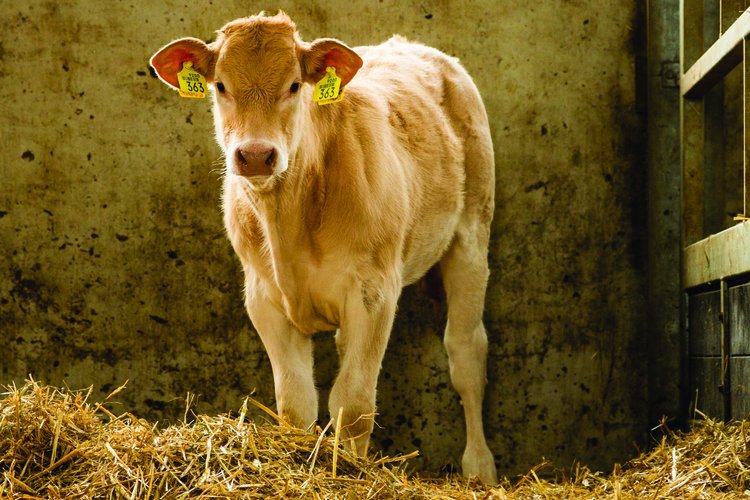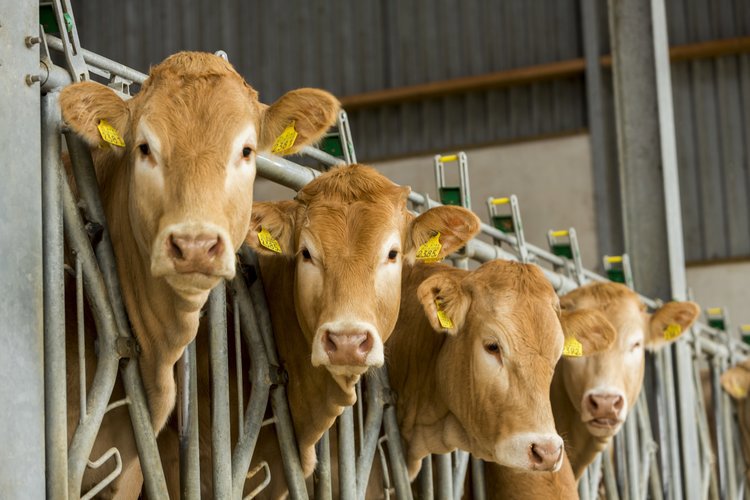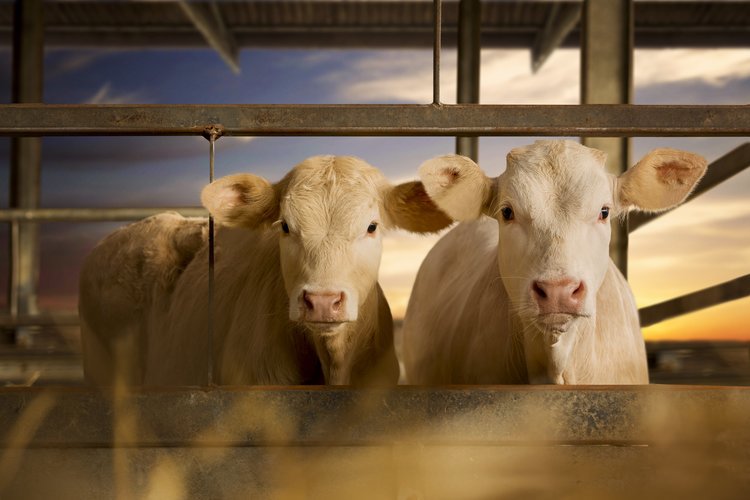
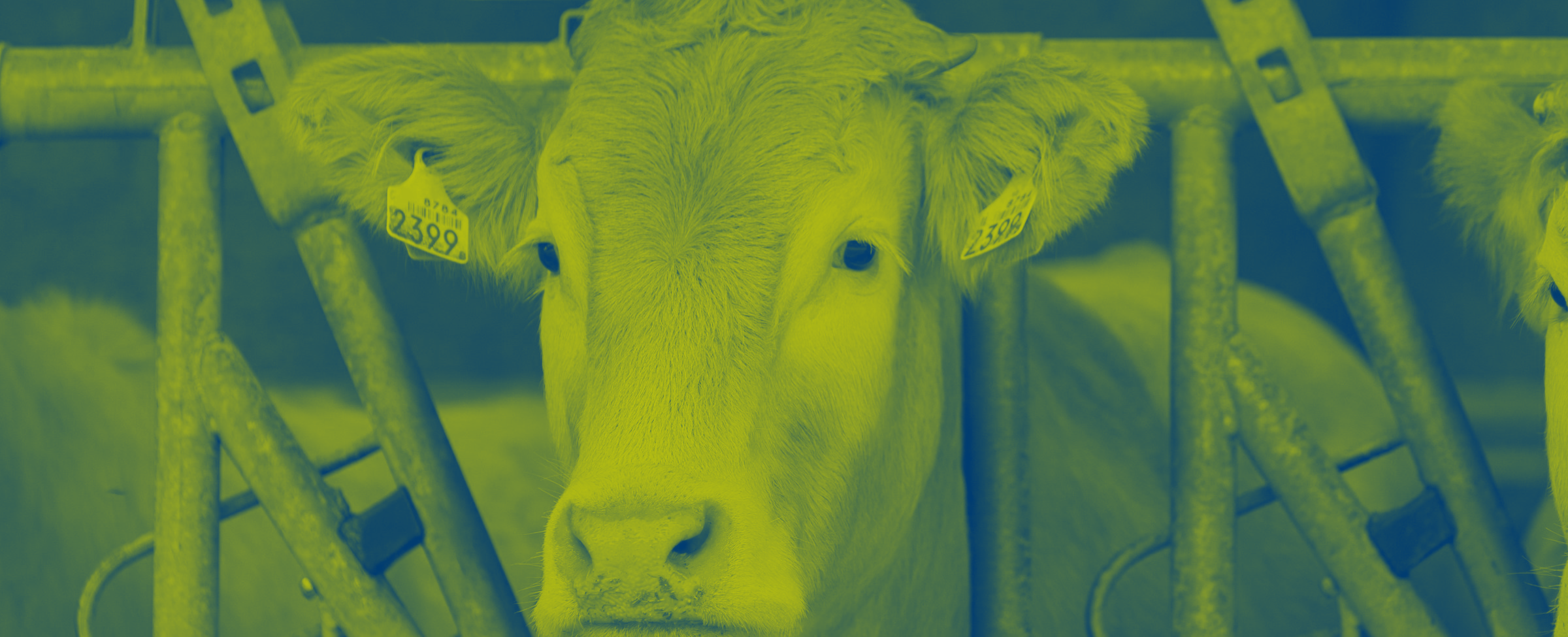
Growers
Beef cattle are reared for optimal muscle and frame development, maximising growth and minimising fat deposition. The growing, or backgrounding phase, occurs between weaning and moving the animal from pasture or intensive farming to the finishing phase, usually at a feedlot. Trouw Nutrition helps support the nutritional, health and wellbeing needs of cattle at every stage of development.
Related stories
-
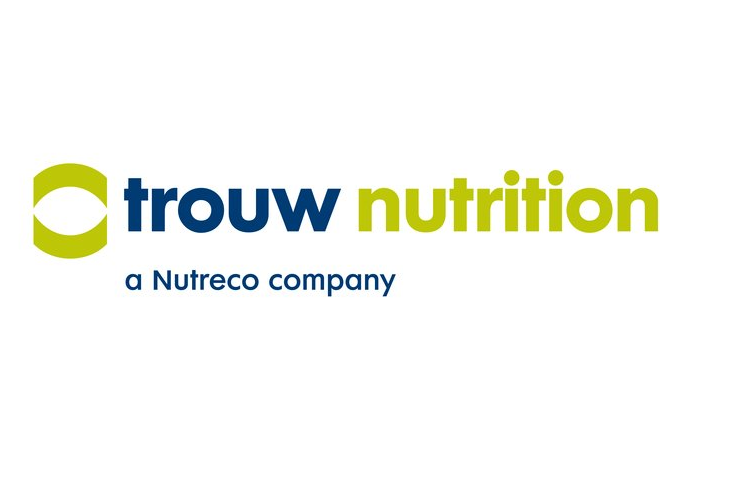 State-of-the-art research facility to accelerate global innovation in ruminant nutrition Boxmeer, the Netherlands Trouw Nutrition, the global leader in innovative feed specialities, calf milk replacers, premixes and nutritional services for the animal nutrition industry, has today opened its new Calf & Beef Research Facility, close to Boxmeer, in the Netherlands. With state-of-the-art infrastructure and equipment, this new facility will engage in advanced studies alongside the group's two existing dairy facilities in Boxmeer and Burford, Canada, to accelerate innovation in ruminant nutrition.Read more
State-of-the-art research facility to accelerate global innovation in ruminant nutrition Boxmeer, the Netherlands Trouw Nutrition, the global leader in innovative feed specialities, calf milk replacers, premixes and nutritional services for the animal nutrition industry, has today opened its new Calf & Beef Research Facility, close to Boxmeer, in the Netherlands. With state-of-the-art infrastructure and equipment, this new facility will engage in advanced studies alongside the group's two existing dairy facilities in Boxmeer and Burford, Canada, to accelerate innovation in ruminant nutrition.Read more -
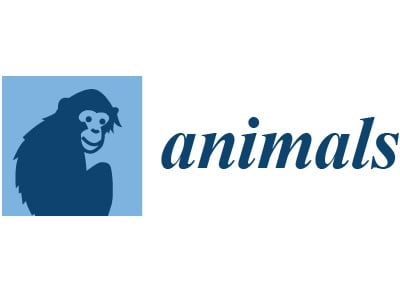 An adequate gastrointestinal barrier function is essential to preserve animal health and well-being. Suboptimal gut health results in the translocation of contents from the gastrointestinal lumen across the epithelium, inducing local and systemic inflammatory responses. Inflammation is characterized by high energetic and nutrient requirements, which diverts resources away from production. Further, barrier function defects and inflammation have been both associated with several metabolic diseases in dairy cattle and liver abscesses in feedlots. The gastrointestinal tract is sensitive to several factors intrinsic to the productive cycles of dairy and beef cattle. Among them, high grain diets, commonly fed to support lactation and growth, are potentially detrimental for rumen health due to their increased fermentability, representing the main risk factor for the development of acidosis. Furthermore, the increase in dietary starch associated with such rations frequently results in an increase in the bypass fraction reaching distal sections of the intestine. The effects of high grain diets in the hindgut are comparable to those in the rumen and, thus, hindgut acidosis likely plays a role in grain overload syndrome. However, the relative contribution of the hindgut to this syndrome remains unknown. Nutritional strategies designed to support hindgut health might represent an opportunity to sustain health and performance in bovines.
An adequate gastrointestinal barrier function is essential to preserve animal health and well-being. Suboptimal gut health results in the translocation of contents from the gastrointestinal lumen across the epithelium, inducing local and systemic inflammatory responses. Inflammation is characterized by high energetic and nutrient requirements, which diverts resources away from production. Further, barrier function defects and inflammation have been both associated with several metabolic diseases in dairy cattle and liver abscesses in feedlots. The gastrointestinal tract is sensitive to several factors intrinsic to the productive cycles of dairy and beef cattle. Among them, high grain diets, commonly fed to support lactation and growth, are potentially detrimental for rumen health due to their increased fermentability, representing the main risk factor for the development of acidosis. Furthermore, the increase in dietary starch associated with such rations frequently results in an increase in the bypass fraction reaching distal sections of the intestine. The effects of high grain diets in the hindgut are comparable to those in the rumen and, thus, hindgut acidosis likely plays a role in grain overload syndrome. However, the relative contribution of the hindgut to this syndrome remains unknown. Nutritional strategies designed to support hindgut health might represent an opportunity to sustain health and performance in bovines.by M. V. Sanz-Fernandez on Read more -
-
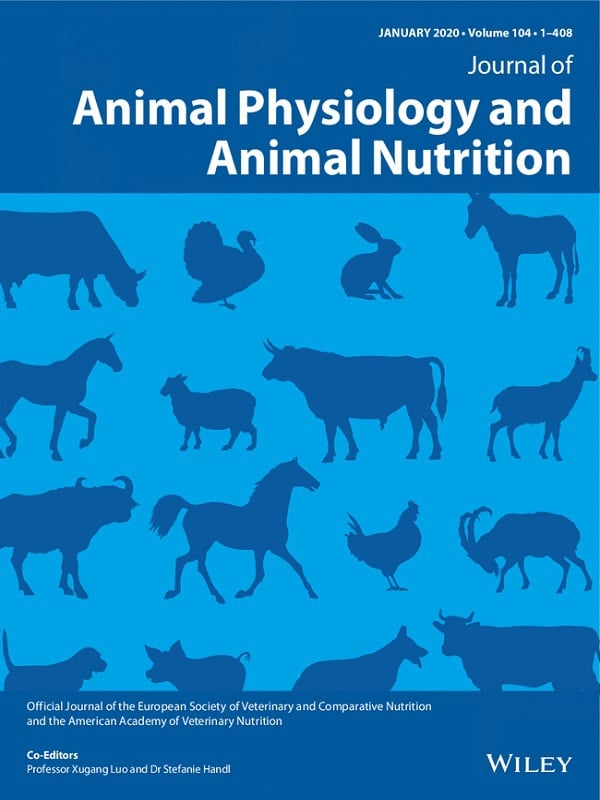 The ruminant is able to transform plant fibres and non‐protein nitrogen (NPN) into edible foods for human consumption. In an effort towards improving our understanding of this process, we sought to challenge convention and examine how the source, amount and site of NPN delivery in the gastrointestinal tract of the ruminant may affect fibre digestibility, rumen stability and N metabolism. In the first study presented here, we used four ruminally cannulated non‐lactating heifers in a Latin square design to infuse 59 g/days of N in the form of ammonia (A) or urea (U) into either the rumen (R) or the abomasum (A). We found that intake was higher (p = .03) for animals receiving supplementary NPN as urea compared with ammonia. In addition, abomasally infused urea (UA) improved fibre fermentation by 9.4% (p = .05) and decreased ruminal pH fluctuations (lower slope in the cumulative pH parameters, p = .04) when compared with the same amount of urea infused ruminally (UR). In a second study, using the same group of heifers, we infused 50 or 150 g/day of urea into the rumen (UR50 and UR150) or 150 g of urea in the abomasum (UA150) or 50 g in the rumen and 100 g in the abomasum (URA150). Fibre digestion was improved by 4% (p = .02) when the same dose of urea was infused into the abomasum compared with the rumen, while estimated microbial protein production and N efficiency were not different between a low rumen dose and high post‐ruminal dose of urea. Collectively, these studies provide insight into the viability of post‐ruminal NPN supplementation as a strategy to improve fibre digestion and NPN inclusion in the ruminant diet.
The ruminant is able to transform plant fibres and non‐protein nitrogen (NPN) into edible foods for human consumption. In an effort towards improving our understanding of this process, we sought to challenge convention and examine how the source, amount and site of NPN delivery in the gastrointestinal tract of the ruminant may affect fibre digestibility, rumen stability and N metabolism. In the first study presented here, we used four ruminally cannulated non‐lactating heifers in a Latin square design to infuse 59 g/days of N in the form of ammonia (A) or urea (U) into either the rumen (R) or the abomasum (A). We found that intake was higher (p = .03) for animals receiving supplementary NPN as urea compared with ammonia. In addition, abomasally infused urea (UA) improved fibre fermentation by 9.4% (p = .05) and decreased ruminal pH fluctuations (lower slope in the cumulative pH parameters, p = .04) when compared with the same amount of urea infused ruminally (UR). In a second study, using the same group of heifers, we infused 50 or 150 g/day of urea into the rumen (UR50 and UR150) or 150 g of urea in the abomasum (UA150) or 50 g in the rumen and 100 g in the abomasum (URA150). Fibre digestion was improved by 4% (p = .02) when the same dose of urea was infused into the abomasum compared with the rumen, while estimated microbial protein production and N efficiency were not different between a low rumen dose and high post‐ruminal dose of urea. Collectively, these studies provide insight into the viability of post‐ruminal NPN supplementation as a strategy to improve fibre digestion and NPN inclusion in the ruminant diet.by I. P. C. de Carvalho on Read more -
